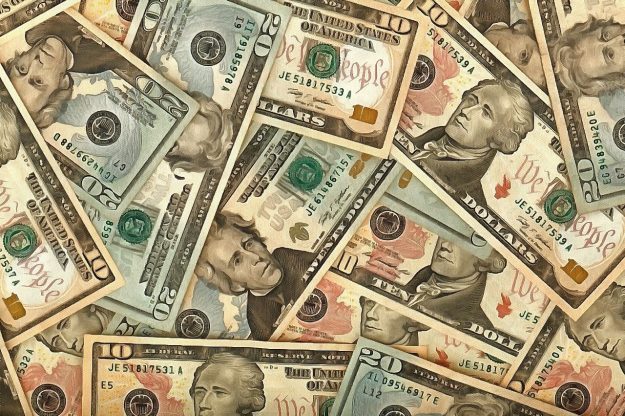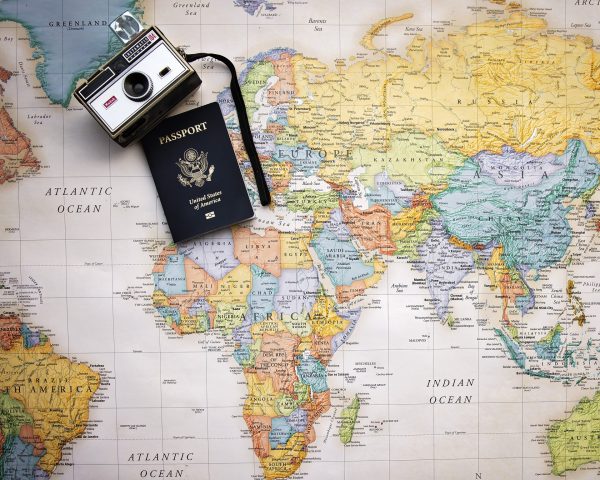12 Steps to Financial Wellness – Step 1: How to Track Your Spending
Tracking your spending is the first step toward greater financial awareness and overall financial health. But mastering this skill is easier said than done. How can you track every dollar you spend when you make multiple daily purchases?
We’ve outlined how to track your spending in 3 easy steps.
1. Choose your tools
Tracing every dollar’s journey isn’t easy, but with the right tools you can make it quick and simple. Choose from one of the following money-tracking techniques:
- Budgeting apps. If your life happens on your phone, download a budgeting app like YNAB or Mint to help track your spending. Both apps allow you to allocate a specific monthly amount of money for each spending category and enable you to track your spending with just a few clicks.
- Spreadsheet. If you like to see everything spelled out clearly, a spreadsheet might be a good choice. You’ll need to record every transaction, but if you prepare the sheet with all the spending categories you think you’ll need, it shouldn’t take long.
- The envelope system. If you’re a big cash spender, consider withdrawing the cash you think you’ll spend in a month and keeping it in an envelope for each category. When you need to make a purchase, just use money from the envelope.
- Receipts. Hold onto every receipt from the purchases you make this month to help you track your spending.
- Pencil and paper. Recording each purchase the old-fashioned way can help you make more mindful money choices throughout the day.
2. Review your checking account and credit card statements carefully
Along with one of the tools listed above, you can track the purchases you make with plastic by reviewing your monthly checking account and credit card statements. You can access these online by logging into your account and downloading.
3. Review and categorize your purchases
At the end of the month, use your chosen tool to review all the purchases you’ve made throughout the month. When completing this step, don’t forget to include any automated payments you rarely think about, such as subscription fees and insurance premiums.
Use the tips outlined here to successfully master the skill of tracking your spending.




